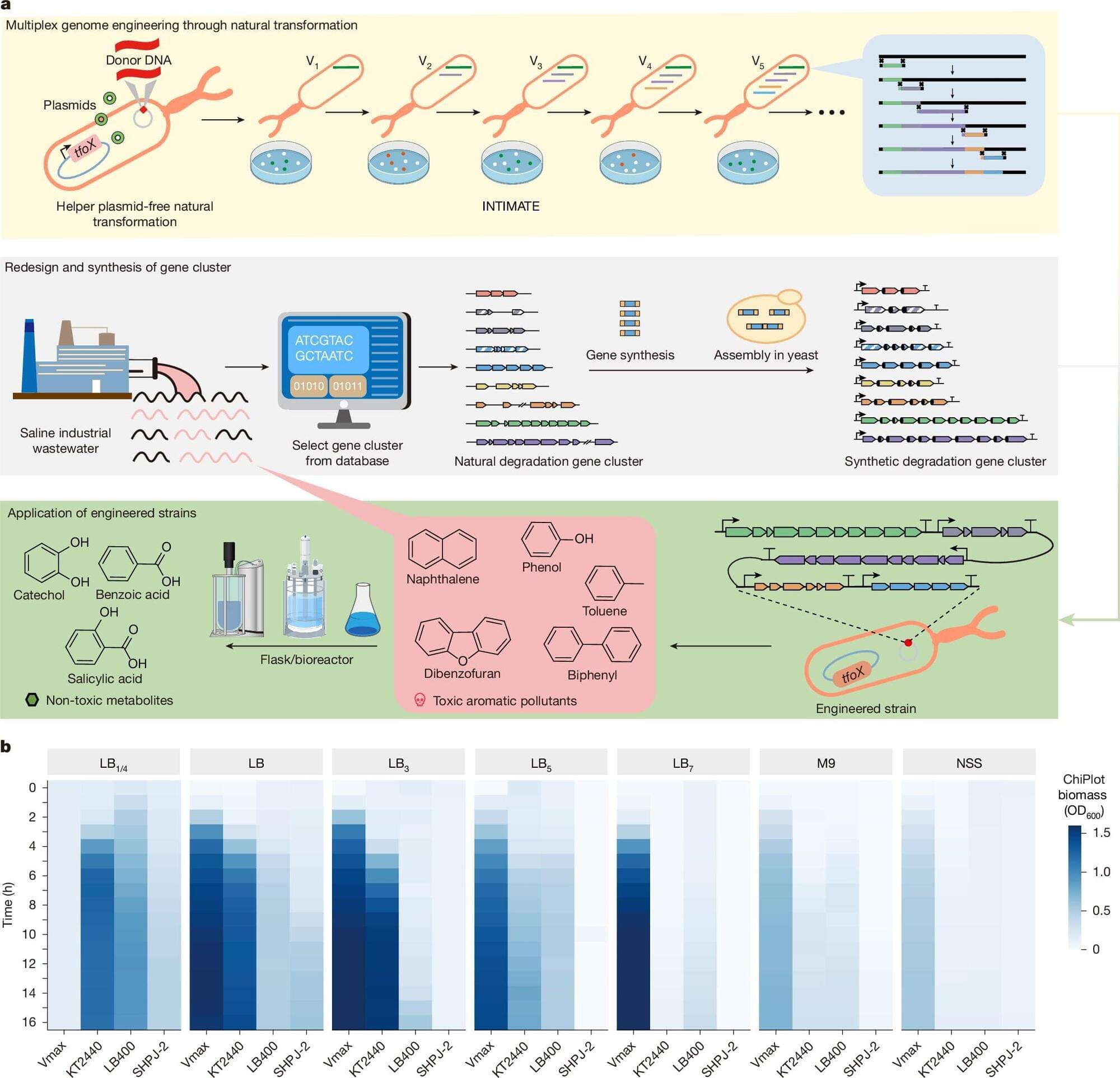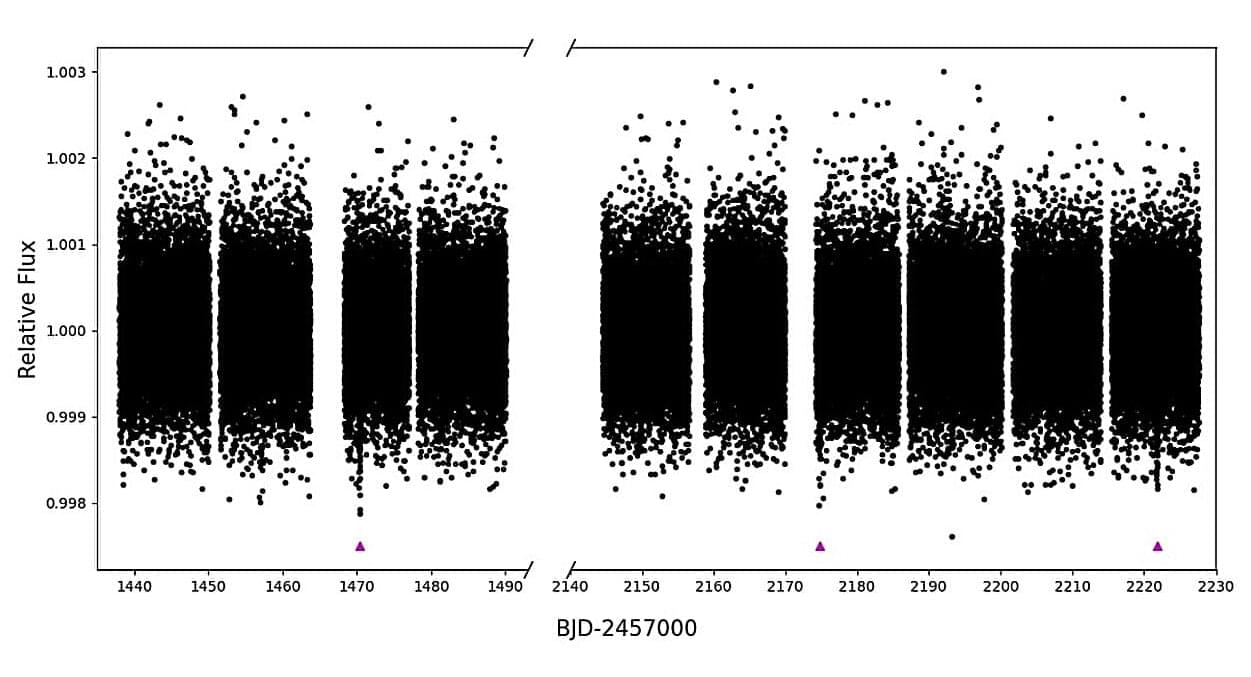Wes Roth
Get the latest international news and world events from around the world.

Key units in AI models mirror human brain’s language system
EPFL researchers have discovered key “units” in large AI models that seem to be important for language, mirroring the brain’s language system. When these specific units were turned off, the models got much worse at language tasks.
Large language models (LLMs) are not just good at understanding and using language, they can also reason or think logically, solve problems and some can even predict the thoughts, beliefs or emotions of people they interact with.
Despite these impressive feats, we still don’t fully understand how LLMs work “under the hood,” particularly when it comes to how different units or modules perform different tasks. So, researchers in the NeuroAI Laboratory, part of both the School of Computer and Communication Sciences (IC) and the School of Life Sciences (SV), and the Natural Language Processing Laboratory (IC), wanted to find out whether LLMs have specialized units or modules that do specific jobs. This is inspired by networks that have been discovered in human brains, such as the Language Network, Multiple Demand Network and Theory of Mind network.

Engineered Vibrio natriegens strain boosts bioremediation of complex pollutants in harsh environments
A multi-institutional collaboration of synthetic biology research centers in China has developed a genetically engineered strain of Vibrio natriegens capable of bioremediating complex organic pollutants, including biphenyl, phenol, naphthalene, dibenzofuran, and toluene, in saline wastewater and soils.
Complex organic pollutants are prevalent in industrial wastewater generated by petroleum refining and chlor-alkali processing. Due to their chemical stability and resistance to natural degradation, these compounds persist in marine and saline environments, posing ecological risks and potential threats to public health.
Microbial bioremediation methods typically use consortia of wild-type bacterial strains, yet these organisms demonstrate limited capacity to degrade complex pollutant mixtures. Elevated salinity levels further inhibit bacterial activity, diminishing bioremediation efficacy in industrial and marine wastewater. Developing bacterial strains capable of degrading pollutants while tolerating saline conditions remains a critical challenge.

Two exoplanets discovered orbiting sun-like star
An international team of astronomers reports the discovery of two new exoplanets, a few times more massive than Earth, orbiting a sun-like star known as HD 35843. The finding was reported in a research paper published May 1 on the arXiv pre-print server.
To date, NASA’s Transiting Exoplanet Survey Satellite (TESS) has identified more than 7,600 candidate exoplanets (TESS Objects of Interest, or TOI), of which 622 have been confirmed by follow-up observations. The satellite’s main aim is to complete a survey of about 200,000 of the nearest brightest stars, searching for transiting exoplanets—from small, rocky worlds to gaseous giants.
HD 35,843, or TOI 4,189, is a metal-poor G-dwarf star with a radius of approximately 0.9 solar radii and mass comparable to that of the sun. TESS observed this star between 2018 and 2022, which resulted in the detection of a transit signal in its light curve.

Twist of light: Non-reciprocity in photon polarization may unlock gravity and quantum mechanics link
A team of physicists has uncovered a surprising new way to explore one of science’s greatest challenges: uniting the two fundamental theories that explain how our universe works—Einstein’s theory of gravity and quantum mechanics.
Despite decades of effort, no one has fully explained how gravity—which governs massive objects like planets and stars—fits with quantum mechanics, which describes the behavior of the tiniest particles in the universe. But now, scientists believe light may hold the key.
Warner A. Miller, Ph.D., co-author and a professor in the Department of Physics at Florida Atlantic University’s Charles E. Schmidt College of Science in collaboration with scientists at the University of Seoul and Seoul National University, South Korea, found that light’s polarization —the direction it vibrates as it travels—can behave in an unexpected way when passing through curved space. Normally, this polarization shifts slightly due to the warping of space by gravity, a well-known effect.

Switchable singlet fission: pH triggers molecules to split or emit light for sensors
An international team of researchers has successfully controlled the flow of energy in a molecule with the help of its pH value. The results of the study, led by Friedrich-Alexander-Universität Erlangen-Nürnberg (FAU), could contribute to the development of new sensors for medical diagnostics, for example.
The findings are also of interest for building more efficient solar cells and for use in quantum computing. The results have been published in the journal Nature Communications.
A process called singlet fission is at the center of the study. In future generations of solar cells, it should improve the utilization of light and thus increase efficiency. Until now, a large proportion of the energy that shines onto solar cells is lost and released as heat.
NASA Just Got a Rare Look Inside Uranus — Here’s What They Found
A rare celestial alignment in April 2025 gave NASA scientists the chance to study Uranus in exceptional detail as it passed in front of a distant star. This stellar occultation, visible only from parts of western North America, allowed researchers to measure changes in Uranus’ atmosphere that hav
